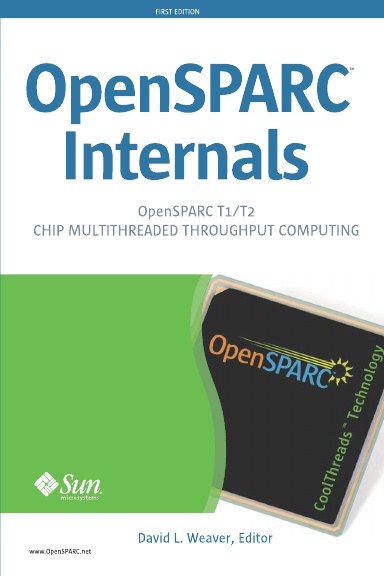We've just released the refresh beta for Solaris Studio 12.4 - free download. This release features quite a lot of changes to a number of components. It's worth calling out improvements in the C++11 support and other tools. We've had few comments and posts on the Studio forums, and a bunch of these have resulted in improvements in this refresh.
One of the features that is deserving of greater attention is default hardware counters in the Performance Analyzer.
Default hardware counters
There's a lot of potential hardware counters that you can profile your application on. Some of them are easy to understand, some require a bit more thought, and some are delightfully cryptic (for example, I'm sure that op_stv_wait_sxmiss_ex means something to someone). Consequently most people don't pay them much attention.
On the other hand, some of us get very excited about hardware performance counters, and the information that they can provide. It's good to be able to reveal that we've made some steps along the path of making that information more generally available.
The new feature in the Performance Analyzer is default hardware counters. For most platforms we've selected a set of meaningful performance counters. You get these if you add -h on to the flags passed to collect. For example:
$ collect -h on ./a.out
Using the counters
Typically the counters will gather cycles, instructions, and cache misses - these are relatively easy to understand and often provide very useful information. In particular, given a count of instructions and a count of cycles, it's easy to compute Cycles per Instruction (CPI) or Instructions per Cycle(IPC).
I'm not a great fan of CPI or IPC as absolute measurements - working in the compiler team there are plenty of ways to change these metrics by controlling the I (instructions) when I really care most about the C (cycles). But, the two measurements have a very useful purpose when examining a profile.
A high CPI means lots cycles were spent somewhere, and very few instructions were issued in that time. This means lots of stall, which means that there's some potential for performance gains. So a good rule of thumb for where to focus first is routines that take a lot of time, and have a high CPI.
IPC is useful for a different reason. A processor can issue a maximum number of instructions per cycle. For example, a T4 processor can issue two instructions per cycle. If I see an IPC of 2 for one routine, I know that the code is not stalled, and is limited by instruction count. So when I look at a code with a high IPC I can focus on optimisations that reduce the instruction count.
So both IPC and CPI are meaningful metrics. Reflecting this, the Performance Analyzer will compute the metrics if the hardware counter data is available. Here's an example:

This code was deliberately contrived so that all the routines had ludicrously high CPI. But isn't that cool - I can immediately see what kinds of opportunities might be lurking in the code.
This is not restricted to just the functions view, CPI and/or IPC are presented in every view - so you can look at CPI for each thread, line of source, line of disassembly. Of course, as the counter data gets spread over more "lines" you have less data per line, and consequently more noise. So CPI data at the disassembly level is not likely to be that useful for very short running experiments. But when aggregated, the CPI can often be meaningful even for short experiments.







